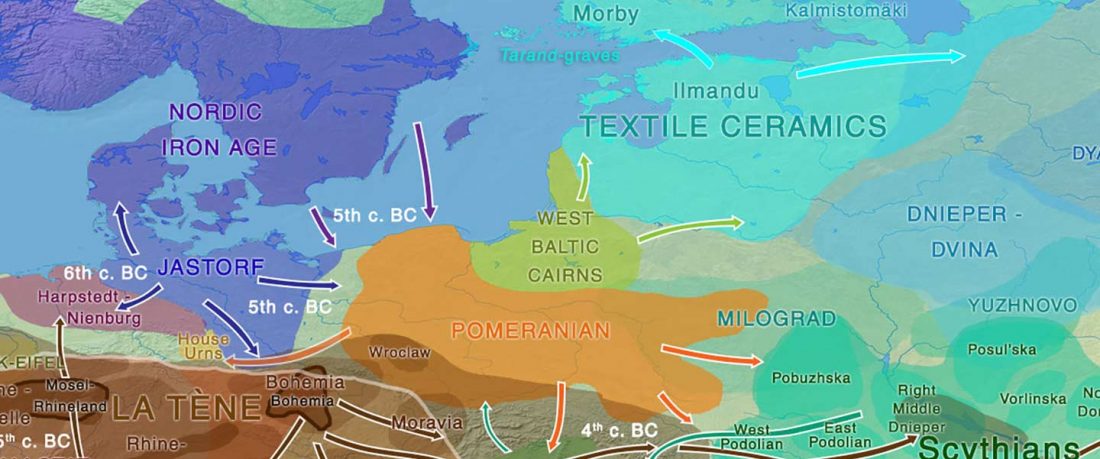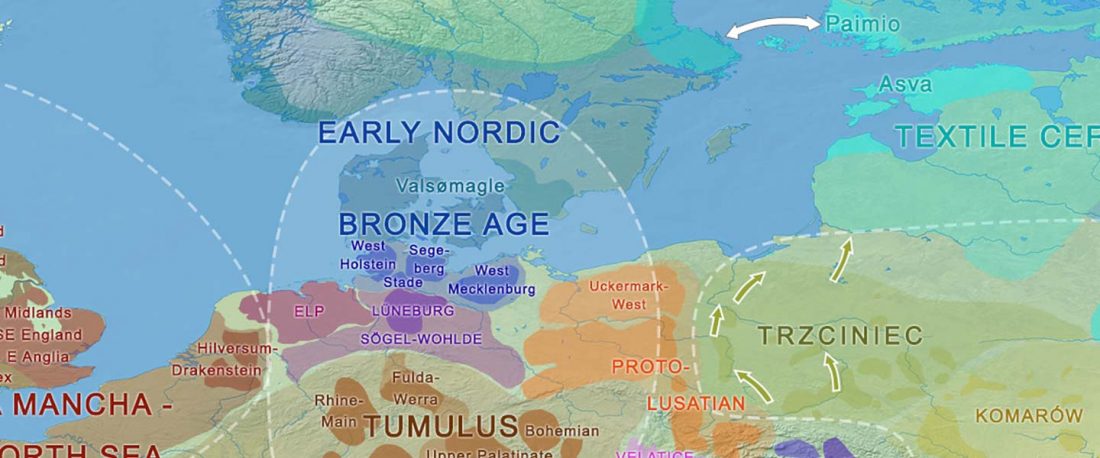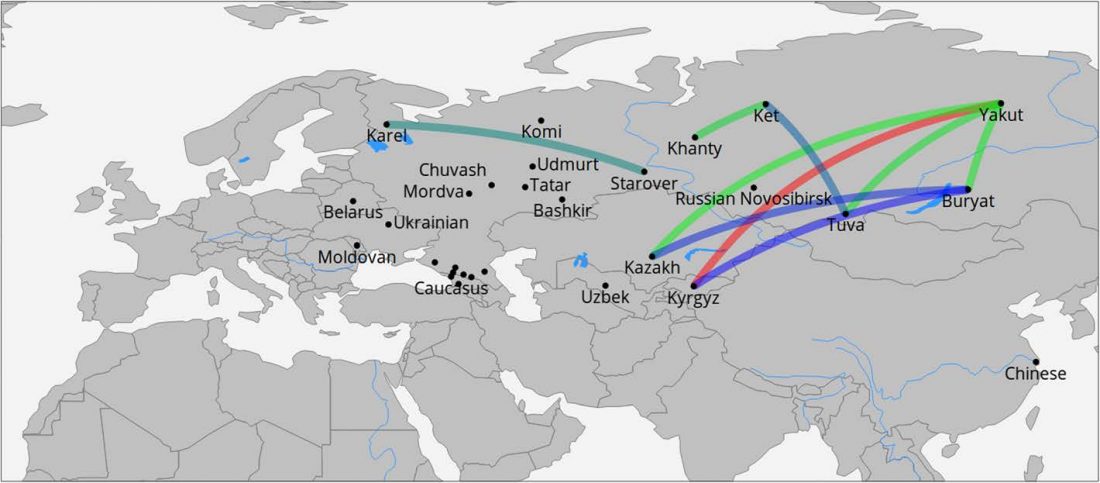In his recent paper on Late Proto-Indo-European migrations, when citing Udolph to support his model, Frederik Kortlandt failed to mention that the Old European hydrotoponymy in northern Central-East Europe evolved into Baltic and Slavic layers, and both take part in some Northern European (i.e. Germanic – Balto-Slavic) commonalities.
Proto-Slavic
From Expansion slavischer Stämme aus namenkundlicher und bodenkundlicher sicht, by Udolph, Onomastica (2016), translated into English (emphasis mine):
NOTE. An archived version is available here. The DOI references for Onomastica do not work.
… Read the rest “European hydrotoponymy (IV): tug of war between Balto-Slavic and West Uralic”(…) there is a clear center of Slavic names in the area north of the


